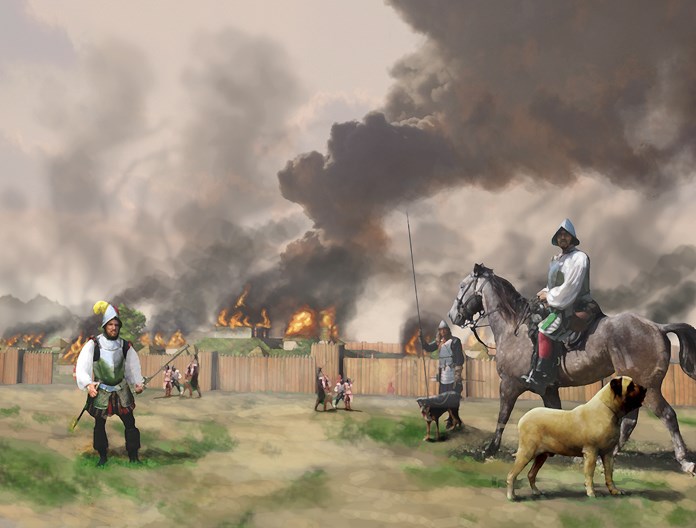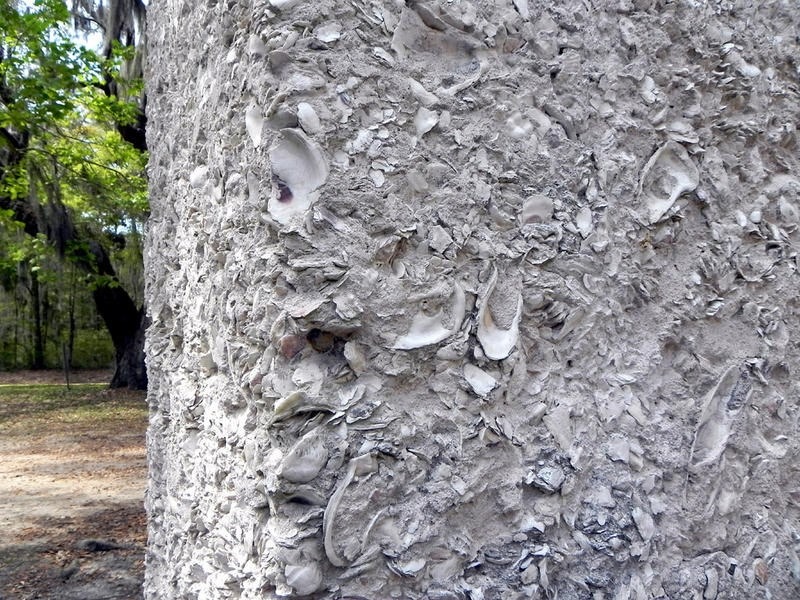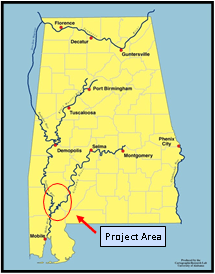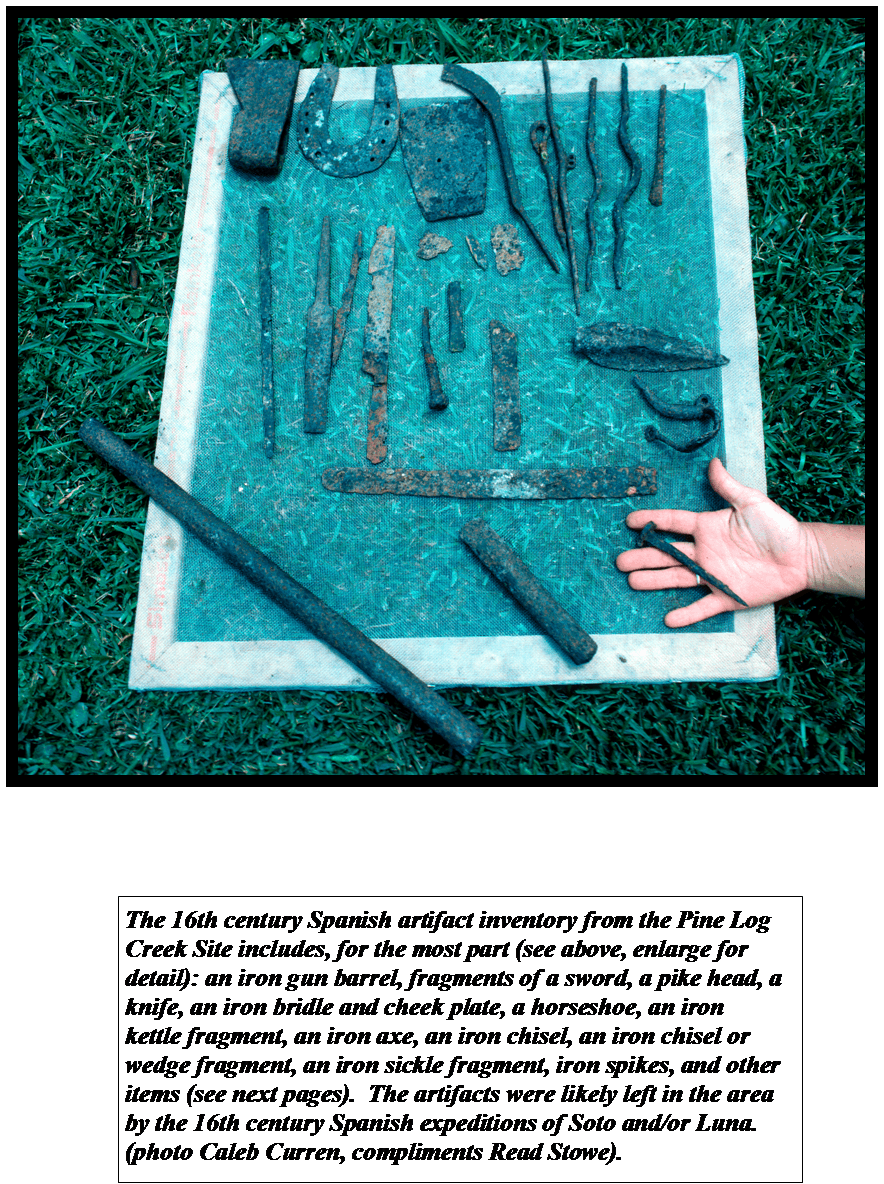Etowah Was the Coosa of De Soto
By Jeffrey P. Brain.
In my 1985 review of the state of knowledge concerning the route of the Hernando De Soto entrada through the southeastern United States in 1539-1543, I reached a discouraging conclusion: “… at this writing the presence of De Soto has not been established [at a specific geographic location] beyond doubt anywhere” (Brain 1985b, p. xlvi). Many hypotheses had been proposed and many artifacts reasonably attributed to a mid-sixteenth-century Spanish expedition had been found, but these only traced a general passing of the army, not actual footsteps and campsites of the army itself.
This is no longer true.









